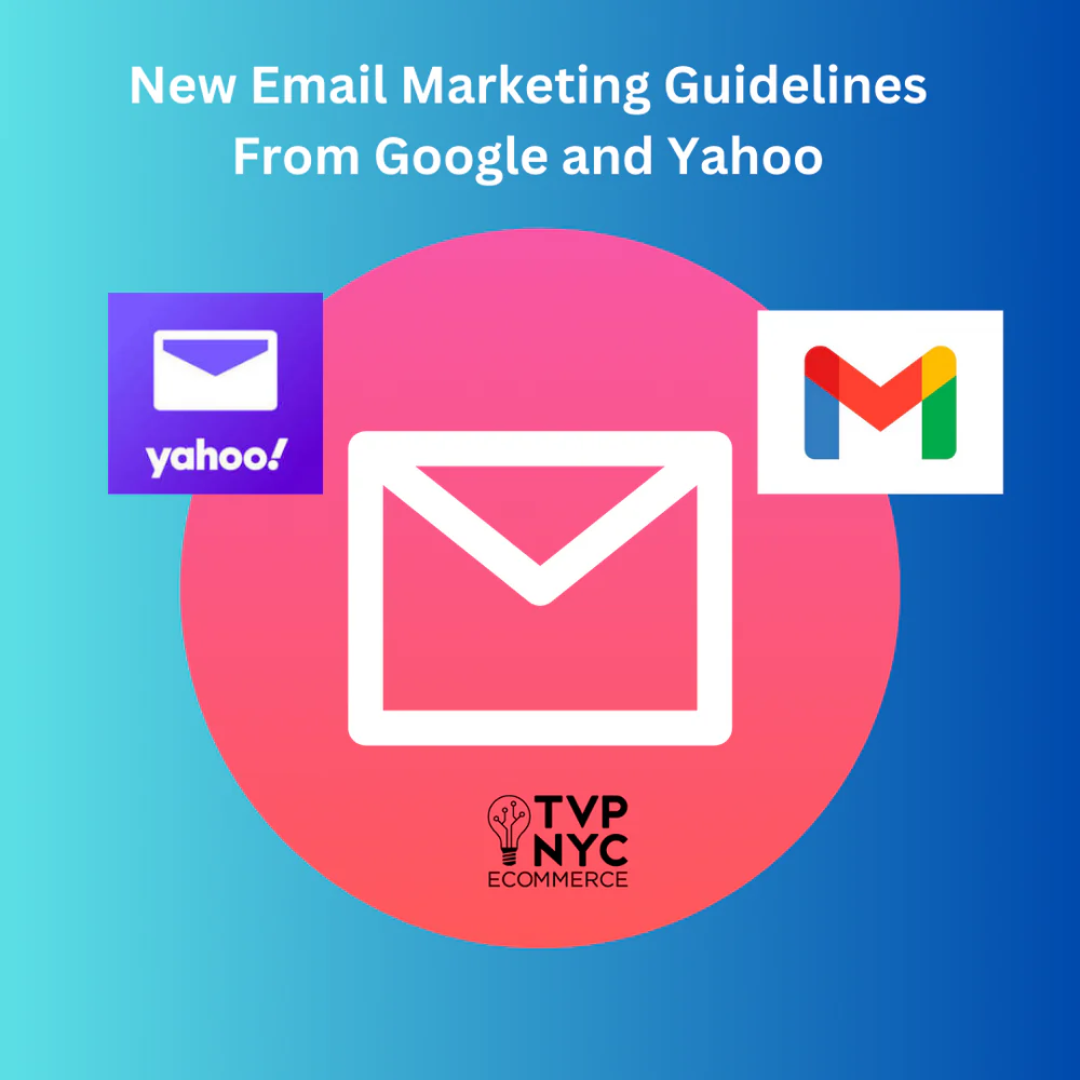eCommerce migration, the process of moving from one platform to another, is a critical undertaking that requires careful planning and execution.
This blog explores the key considerations and steps in planning for a successful Shopify eCommerce migration. It also provides potential risks and tips for mitigating them and ensuring a successful migration.
Understanding the Need for Migration
Before diving into the planning process, it's essential to understand why your business should consider a Shopify eCommerce migration. Here are some of the reasons why you should consider an eCommerce migration:
- Outdated Technology
- Scalability Issues
- Security Concerns
- Mobile Responsiveness
- Integration Needs
- User Experience Enhancement
A Successful Shopify eCommerce Migration Step-by-Step
Let's take a quick dive into what it takes to ensure a smooth and successful transition. Here are the basic steps:
Step 1: Conduct a Comprehensive eCommerce Audit
Step 2: Define Your Goals and Objectives
Step 3: Choose the Right eCommerce Platform
Step 4: Develop a Detailed Migration Plan
Step 5: Implement the Migration
Step 6: Post-Migration Optimization
Risks And Challenges to Migrating an eCommerce Store to Shopify
Migrating an eCommerce store to Shopify can bring numerous benefits, but it's crucial to be aware of risks and challenges that may arise during the process. Here are some of the most common potential risks and tips to avoid them:
Risk 1: Data Migration Issues
Data migration is complex, and errors or inconsistencies may occur when transferring product information, customer data, and order history. Thorough testing and backups are required to address inconsistencies.
Risk 2: SEO Impact
Changes in URL structures and metadata during migration can cause a temporary drop in search engine rankings. It’s crucial to look after URL structure and pre- and post-migration SEO.
Risk 3: Disruption in Operations
A poorly executed migration can lead to downtime, affecting customer experience and potentially causing a loss of sales. Careful planning, communication, and timing are crucial to avoid disruptions.
Risk 4: Integration Challenges
Existing third-party integrations may not seamlessly transfer to Shopify, leading to functionality gaps. To avoid integration problems, prioritize Shopify-compatible apps and test integrations thoroughly before and after migration.
Risk 5: Customization Limitations
Shopify's theme and customization options may not fully align with your existing brand or unique business requirements. Analyze Shopify’s customization capabilities before migration and call in professional support where necessary.
Risk 6: Payment Gateway Compatibility
Shopify may not directly support existing payment gateways, potentially causing payment processing issues. Confirm compatibility between Shopify and current payment gateways, and communicate changes to customers.
Risk 7: User Training and Adaptation
If internal teams are not adequately trained on using Shopify, it may lead to operational inefficiencies and errors. Adequate training, documentation, and support resources are crucial.
Risk 8: Loss of Historical Data
Historical data, such as past orders, customer interactions, and analytics, may not transfer accurately. Begin with an audit and create backups to avoid historical data loss.
Risk 9: Performance and Scalability Concerns
If it is not properly configured, Shopify's performance may not meet the scalability requirements of a growing business. Leverage Shopify Plus for larger enterprises while regularly monitoring site performance and making adjustments where necessary.
Risk 10: Budget Overruns
Unexpected costs related to customization, app subscriptions, or post-migration fixes can lead to budget overruns. Develop a detailed budget, research and plan for all associated costs and regularly review and update where necessary.
Risk 11: Customer Communication Gap
Insufficient communication with customers about the migration can lead to confusion, frustration, and potential loss of trust. Develop a communication plan and provide notification of upcoming changes and potential services disruptions.
By proactively addressing these potential risks and following the provided tips, businesses can significantly increase the likelihood of successfully migrating to Shopify while minimizing disruptions to operations and customer experiences.
Success Starts With Planning
Planning for an eCommerce migration is a complex and multifaceted process that requires meticulous attention to detail. By conducting a thorough audit, defining clear goals, choosing the right platform, developing a detailed migration plan, implementing the migration with care, and optimizing post-migration, businesses can position themselves for success in the ever-evolving digital landscape.
Successful eCommerce migration is not just about moving data from one platform to another; it's about seizing the opportunity to enhance your business operations, improve customer experiences in your digital store, and stay ahead of the competition. With careful planning and execution, a seamless migration can set the stage for sustained growth and prosperity in the dynamic world of online commerce.




